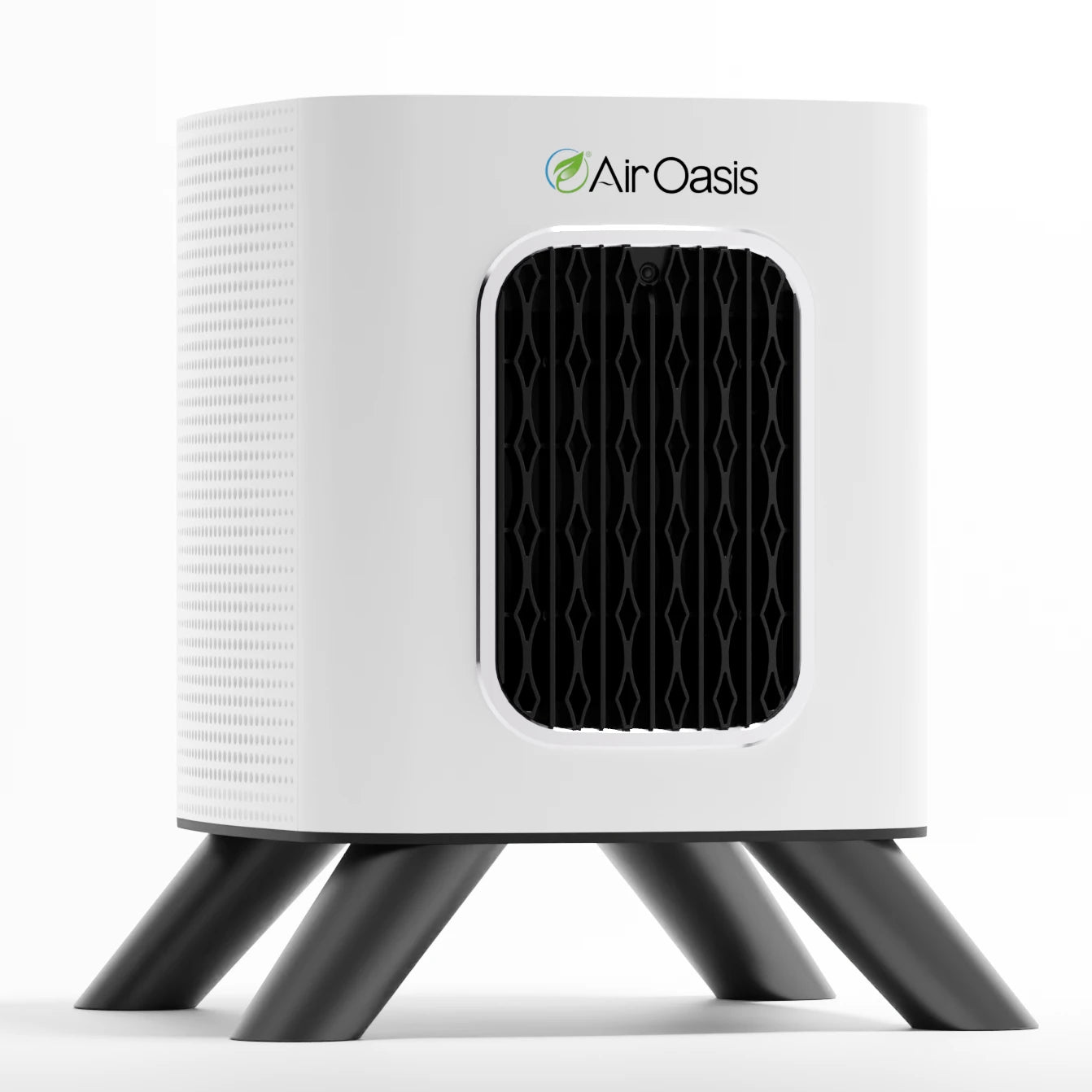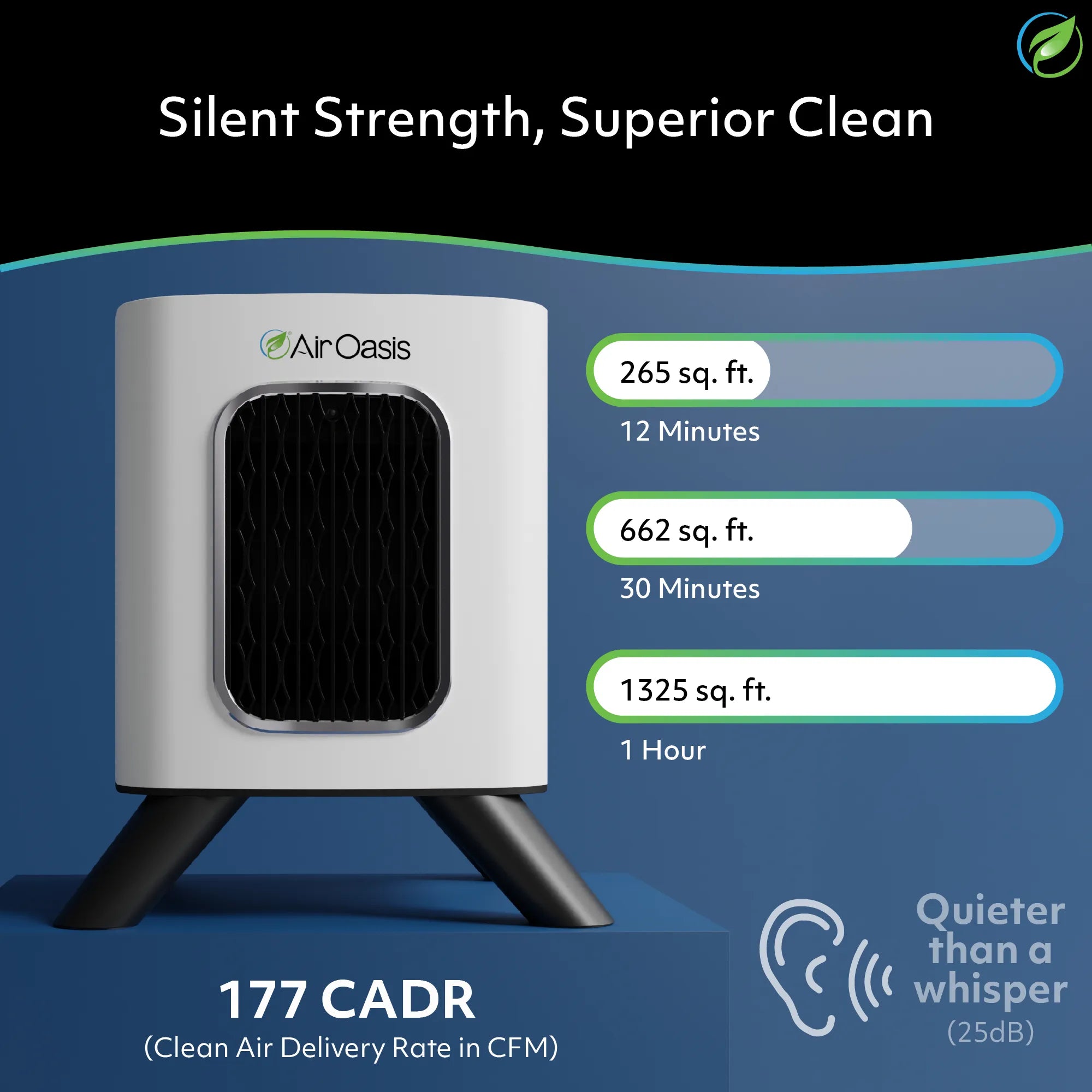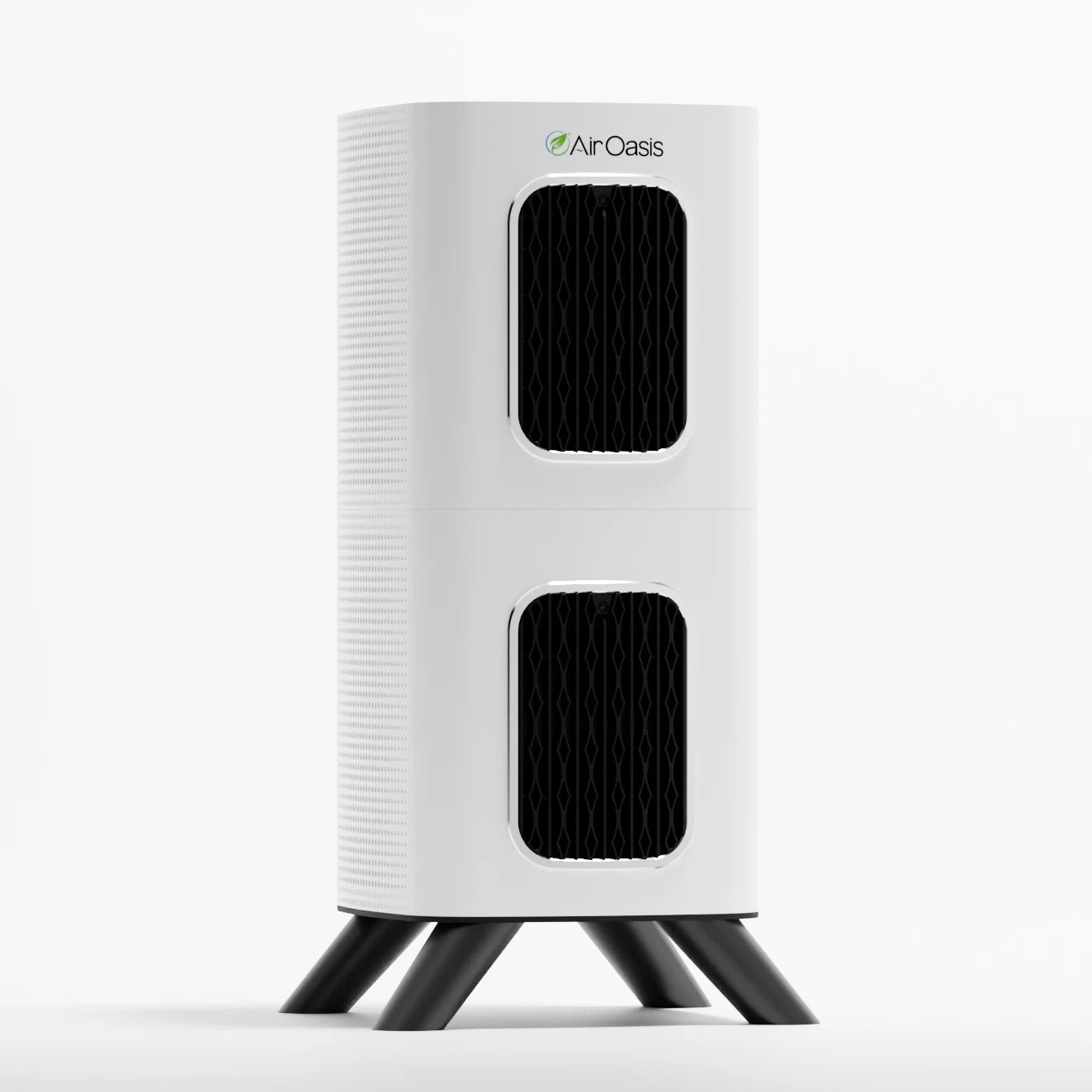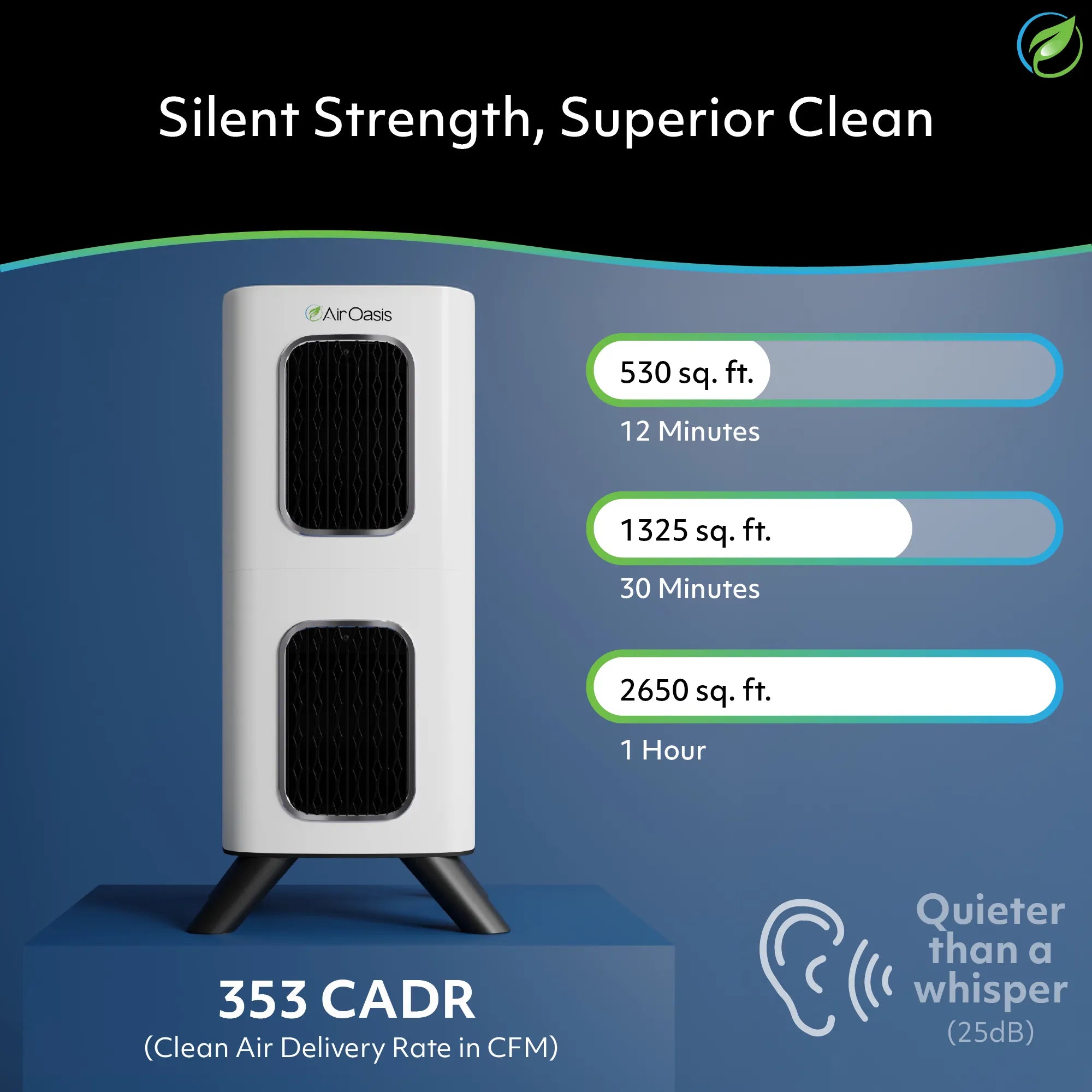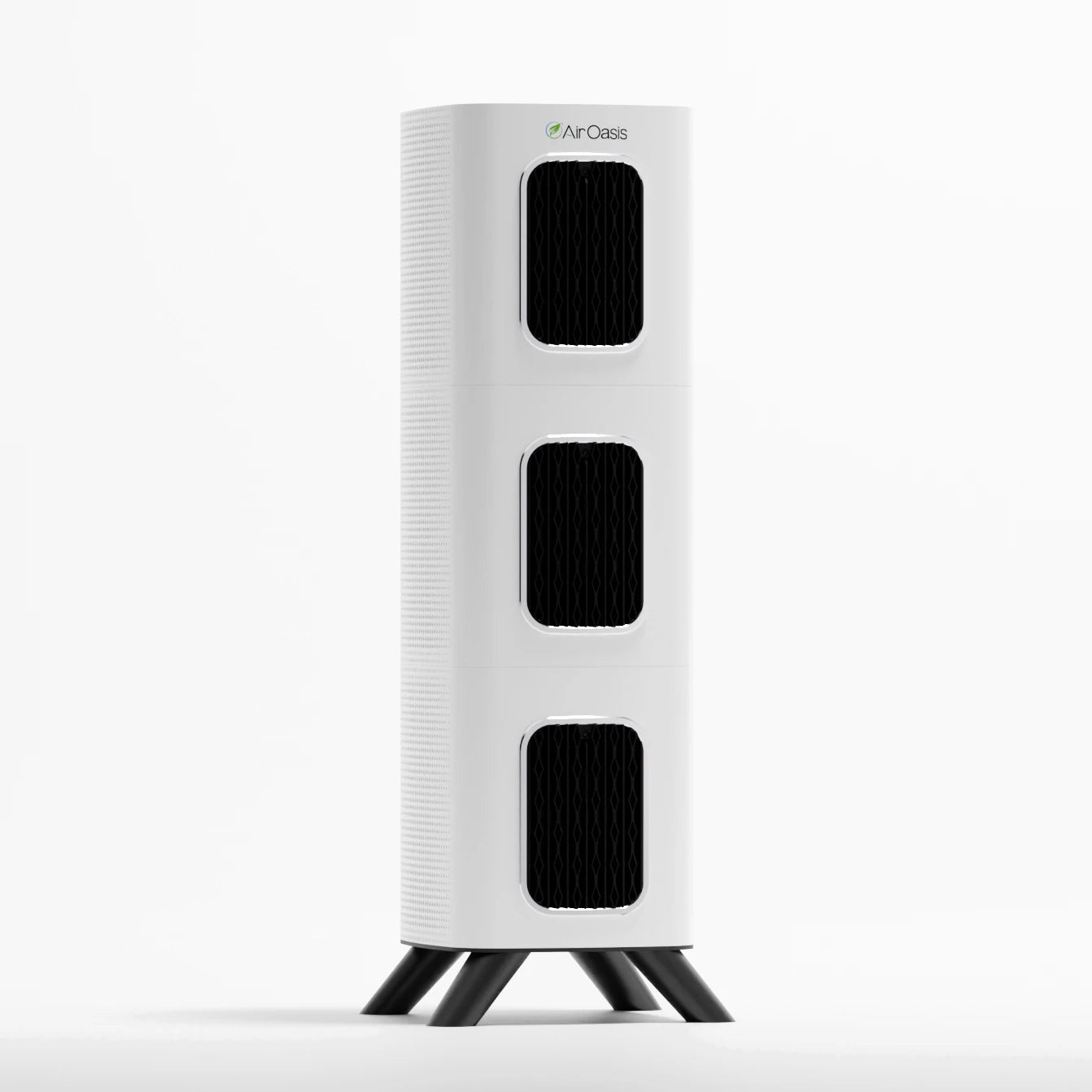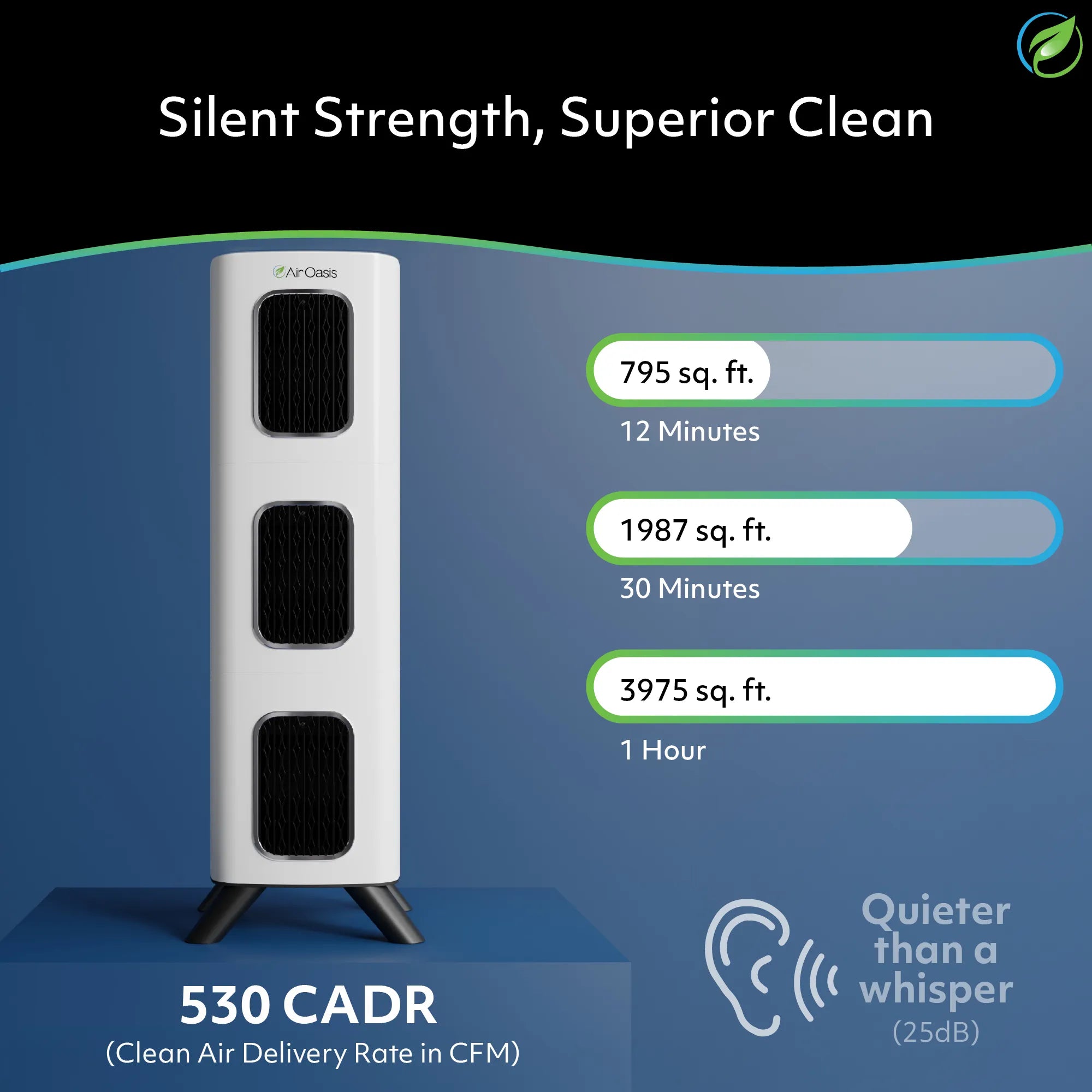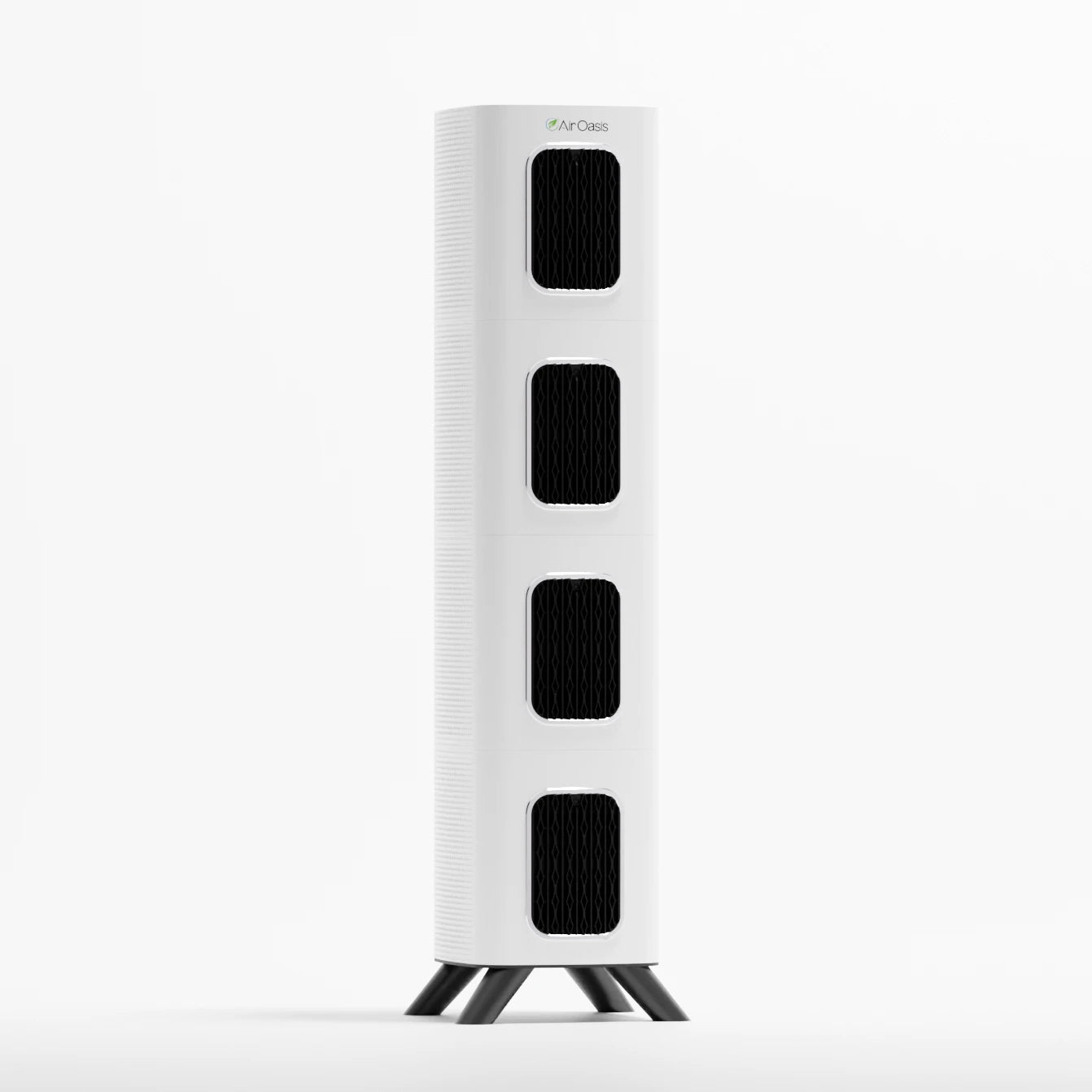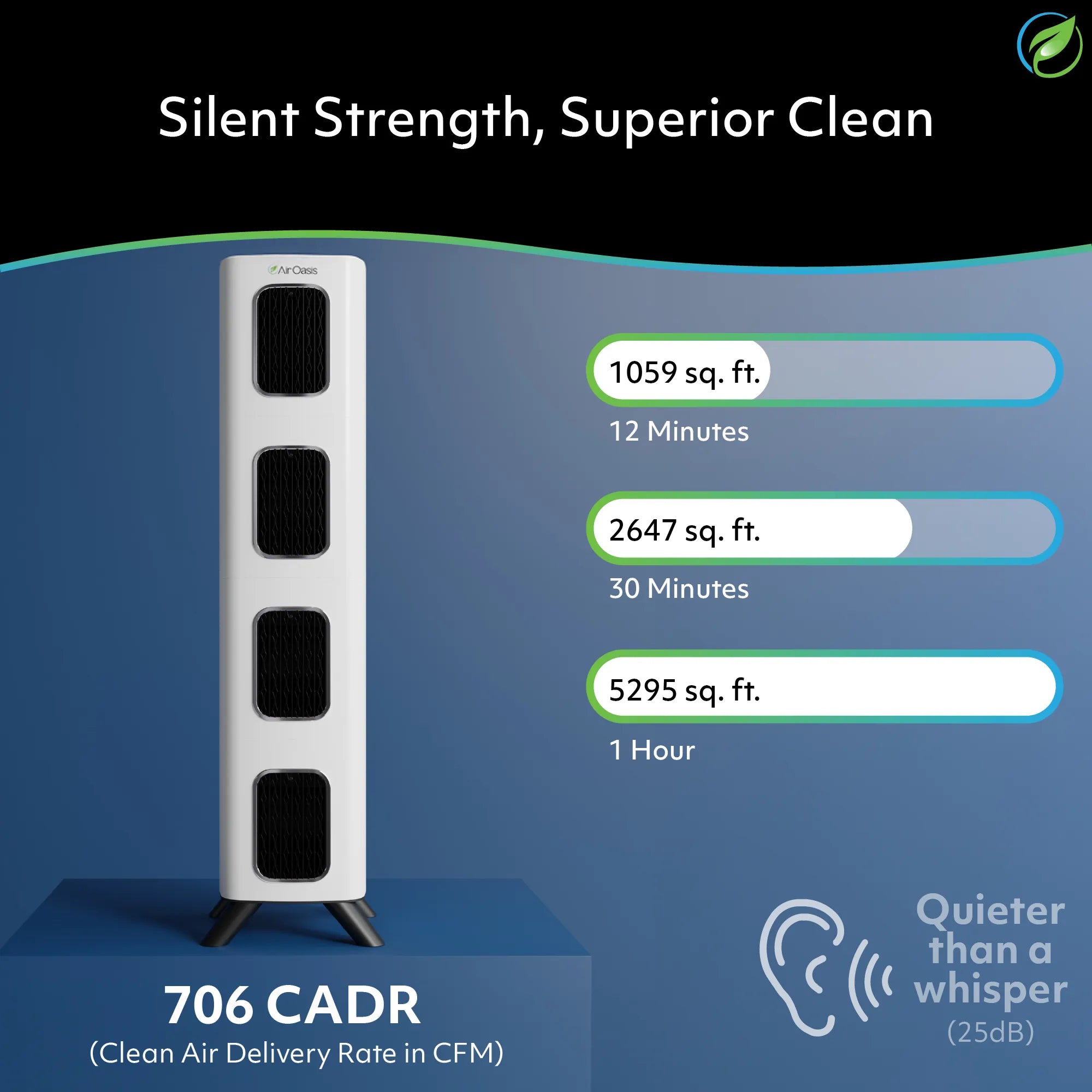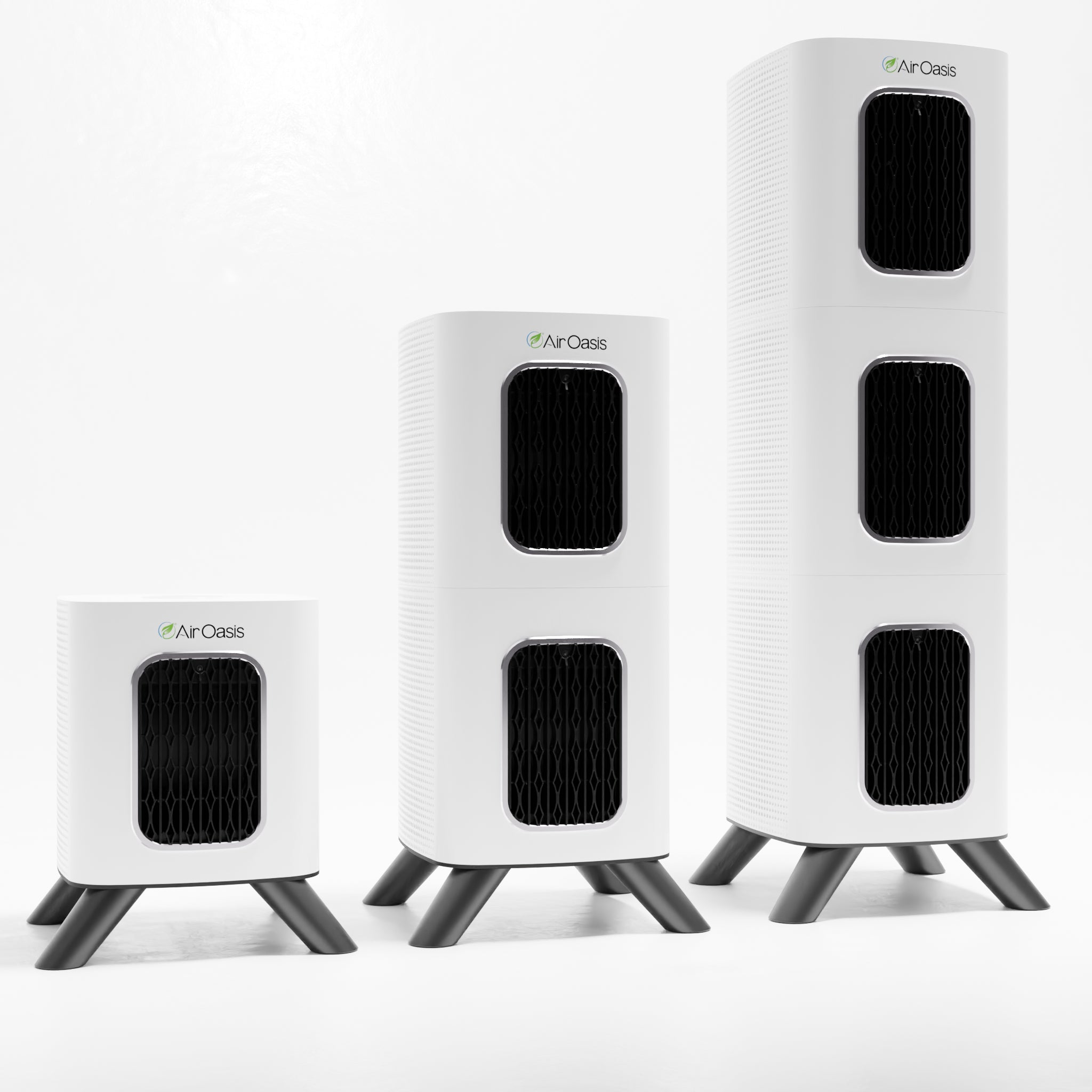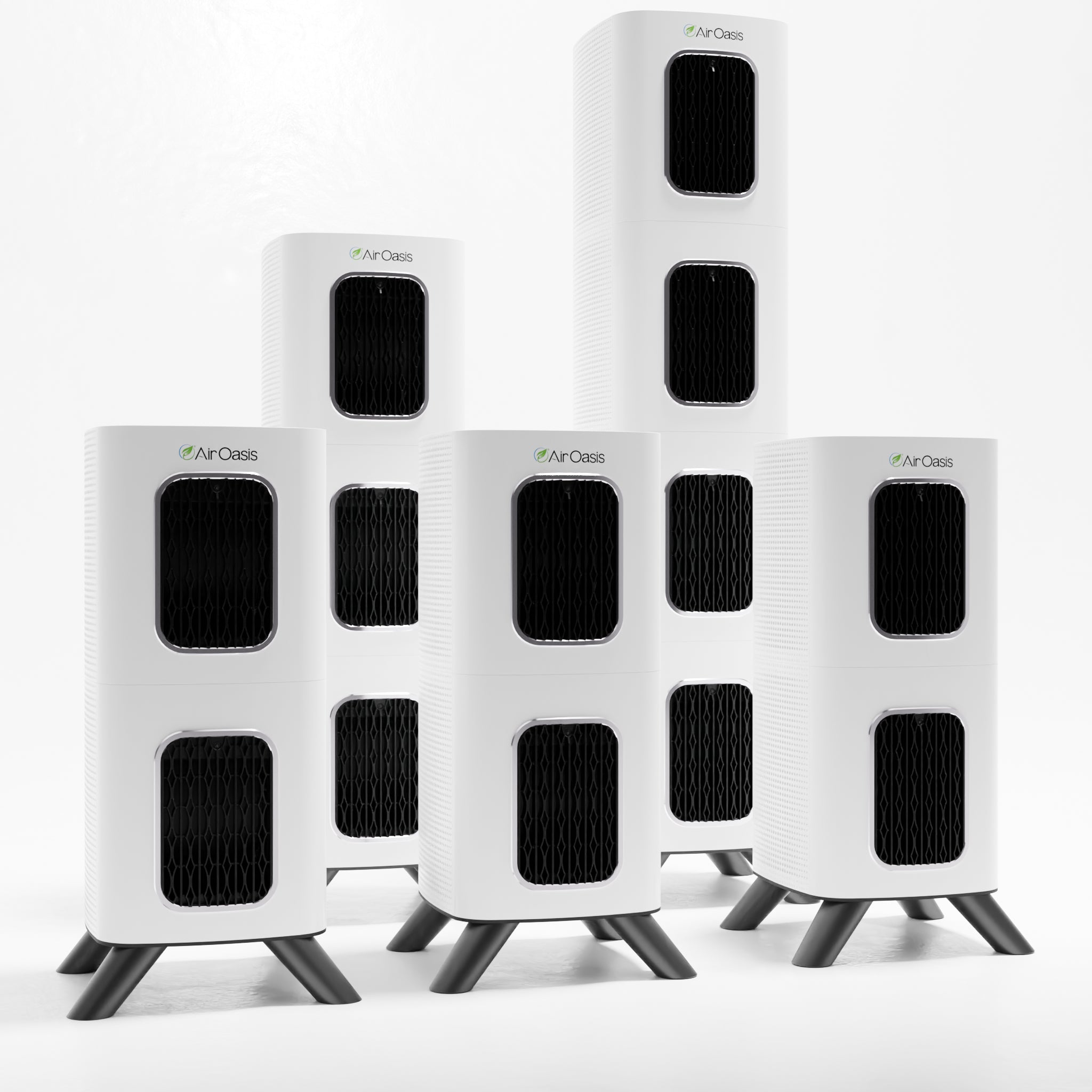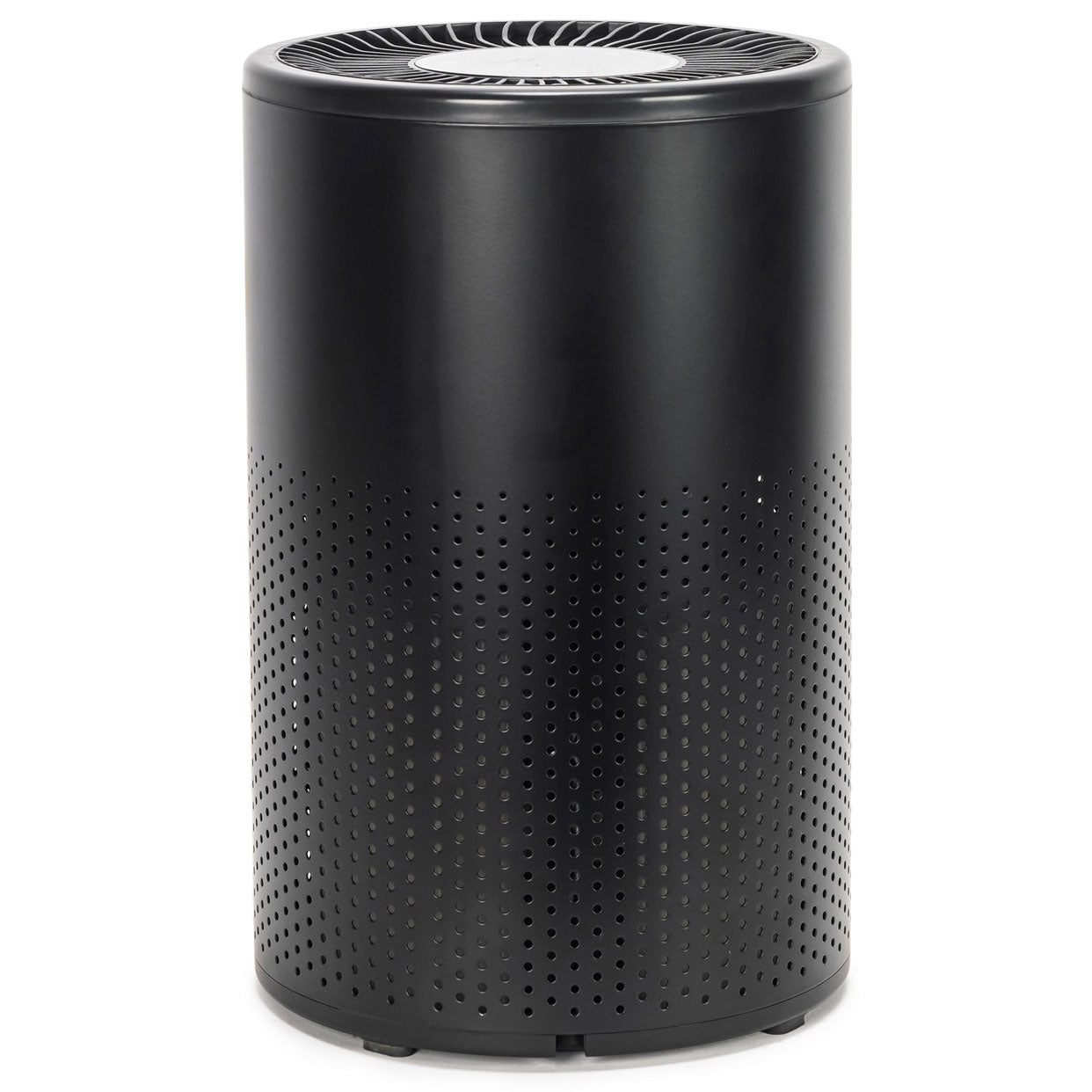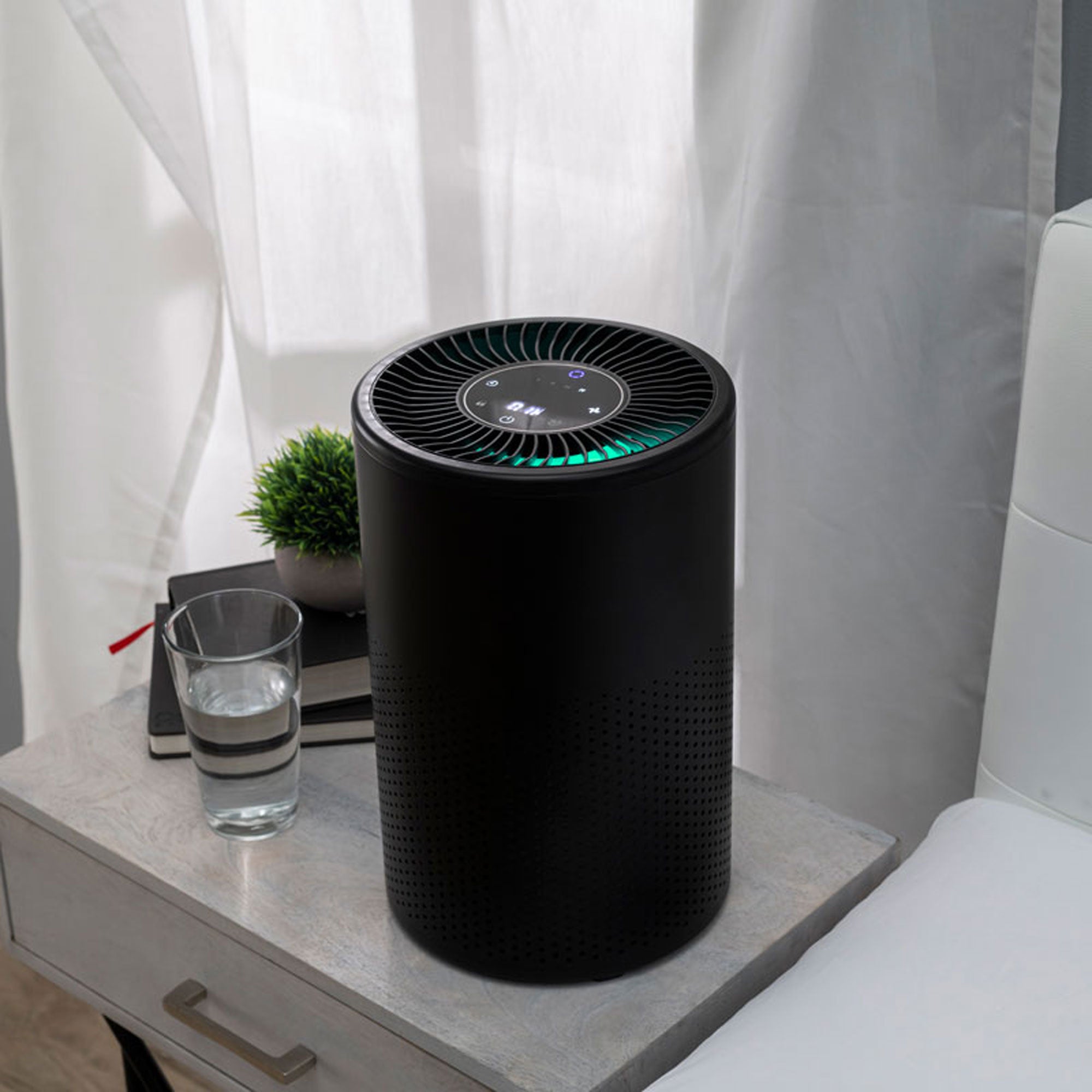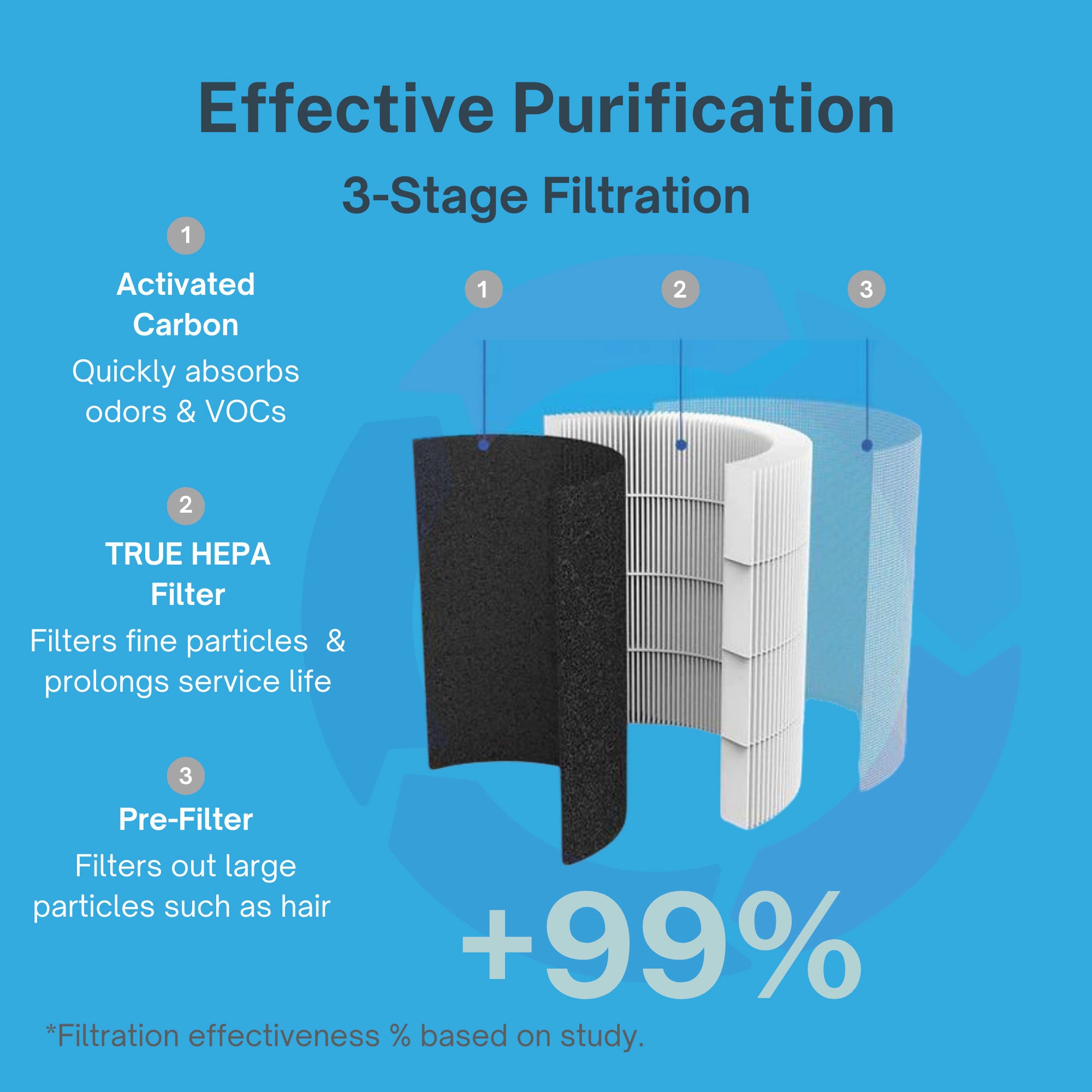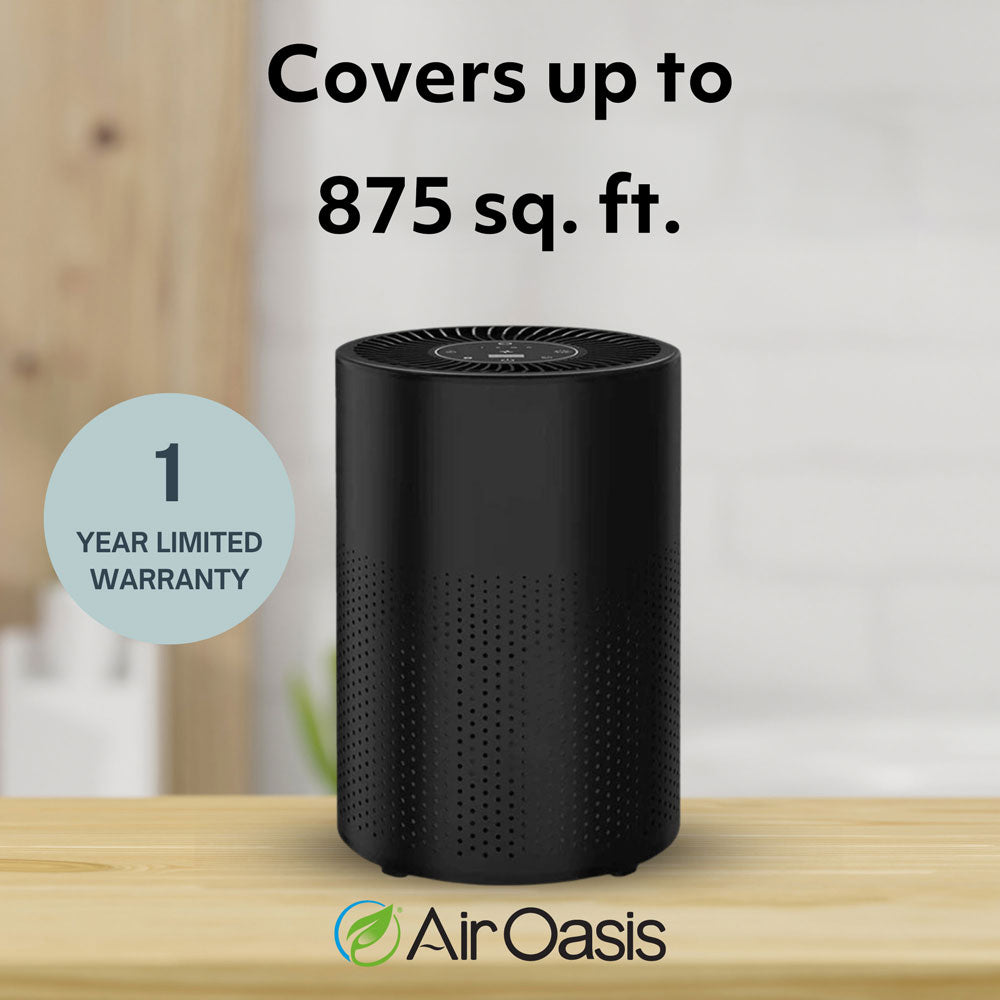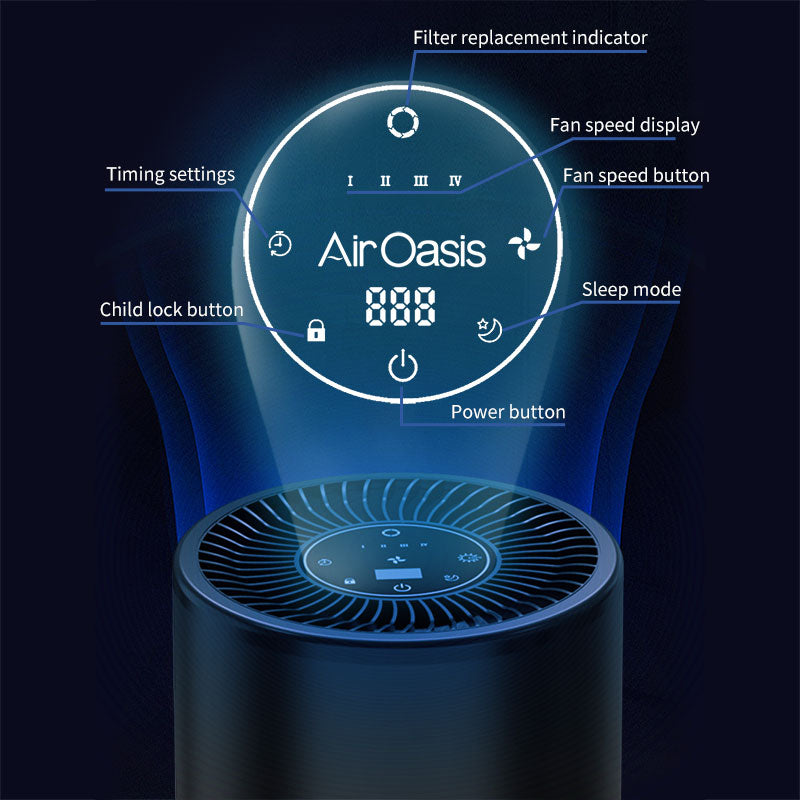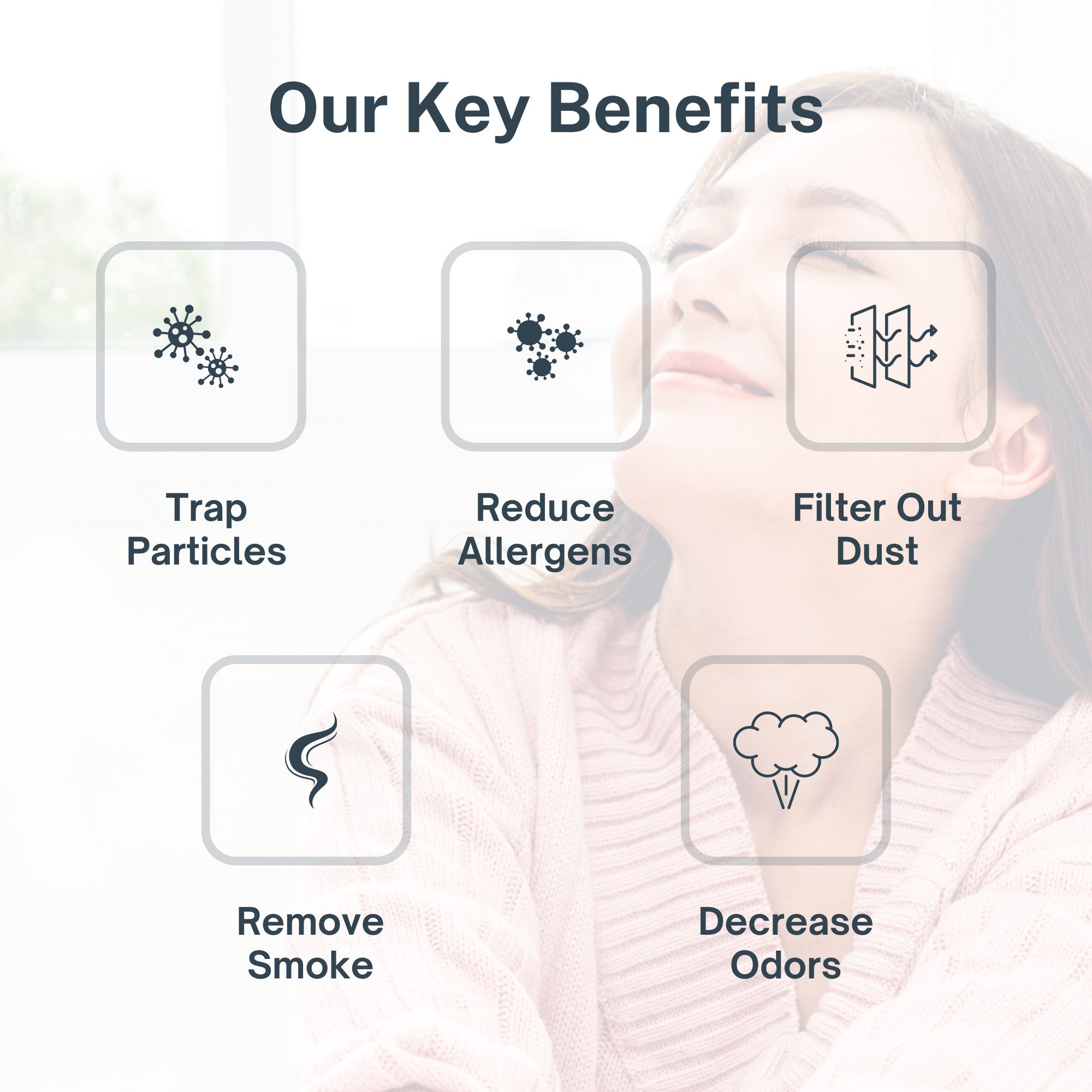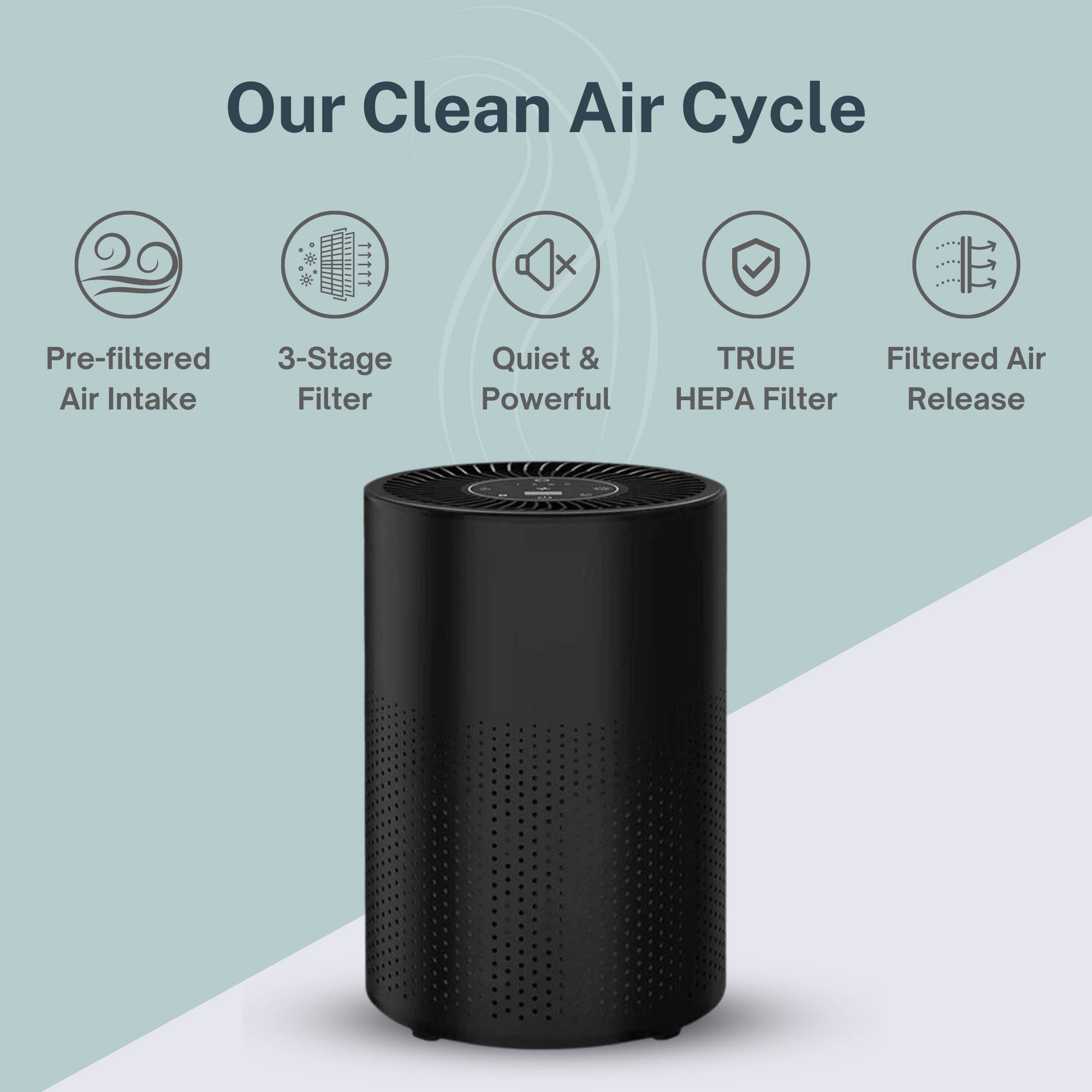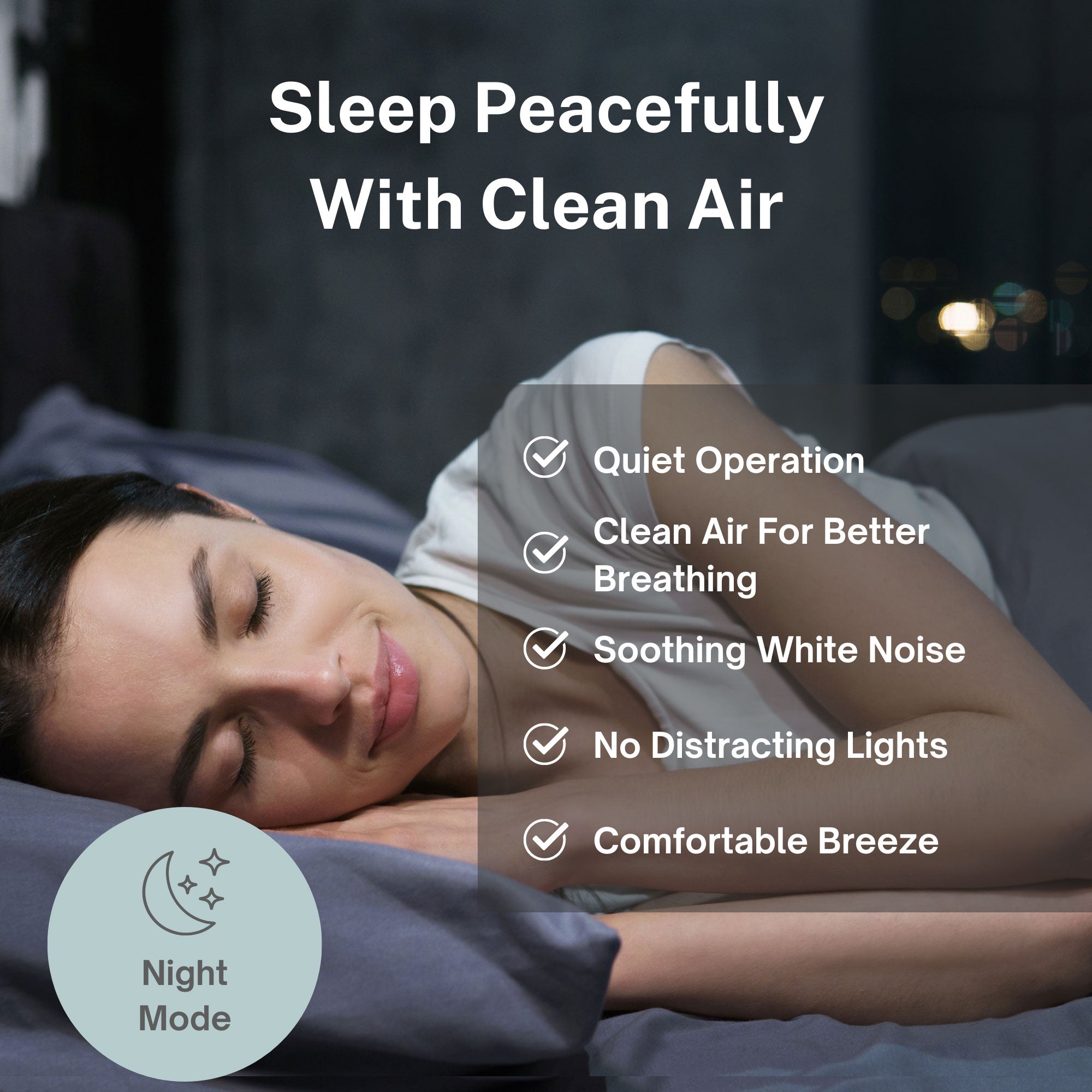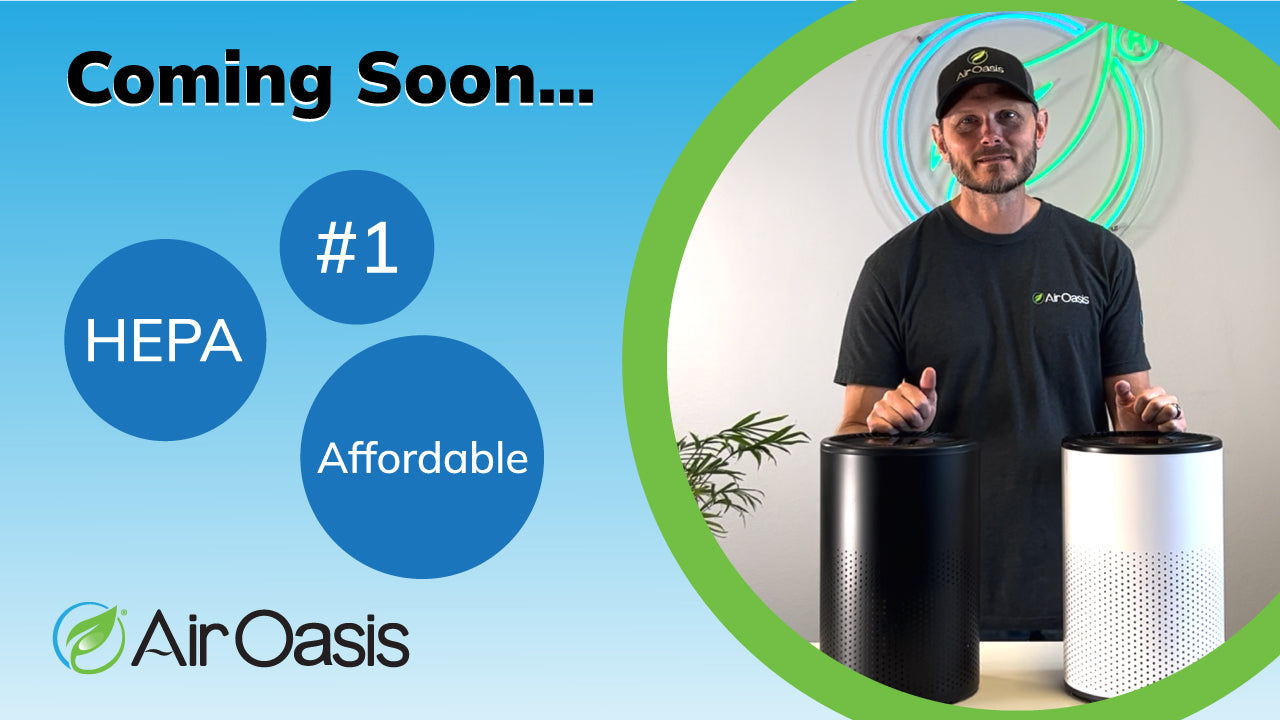The term "toxic mold syndrome" became a household phrase in the early 2000s following media coverage of infant deaths in Cleveland. Since then, it has sparked countless lawsuits, expensive testing services, and widespread fear about household mold. But what does medical science actually say about mold-related health effects?
Understanding the facts about mold exposure helps families make informed decisions about indoor air quality without falling prey to unproven claims or costly unnecessary treatments. While some mold-related health effects are well-established, others remain scientifically unsupported despite widespread promotion.
The Cleveland Case That Started Everything
Between 1993 and 1994, several infants in Cleveland died from pulmonary hemosiderosis (lung bleeding). Initial CDC reports suggested a link to Stachybotrys chartarum, commonly called "black mold," in these infants' homes.
However, a 2000 CDC follow-up report reached different conclusions. Researchers found insufficient evidence linking the deaths to Stachybotrys exposure due to problems with data collection and analysis. Other environmental factors, including tobacco smoke, may have contributed to these tragic deaths.
By then, media attention and multimillion-dollar lawsuits had made "toxic mold" a recognizable phrase. The CDC's final assessment couldn't establish the mold connection, but public perception had already formed.
This case highlights the importance of rigorous scientific analysis before drawing health conclusions. Initial correlations don't always prove causation, especially in complex environmental health situations.
What Medical Science Actually Shows
Fungi are everywhere in human environments. Most don't cause disease in healthy people. Known mold-related health effects occur through three mechanisms: infection, allergic responses, and toxic effects from mycotoxins.
Established mold health effects include:
- Respiratory symptoms in sensitive individuals
- Allergic reactions including sneezing and eye irritation
- Asthma exacerbation in susceptible people
- Skin irritation in some cases
The Institute of Medicine and World Health Organization reviewed all available evidence. Both concluded insufficient evidence exists to support "toxic mold syndrome" claims linking inhaled mycotoxins to nonspecific symptoms like fatigue, brain fog, and mood changes.
Multiple studies have reported relationships between indoor mold and various symptoms. However, according to allergy and immunology specialists, these studies have significant limitations including lack of control groups, reliance on self-reported symptoms, and unreliable exposure measurements.
The Problem with Current Mold Testing
Many companies now offer direct-to-consumer urine mycotoxin tests claiming to measure "mold exposure levels." These non-FDA approved tests present several problems:
- Lack standardization across laboratories
- Can produce false positive or negative results
- Have no established thresholds for harmful mycotoxin levels
- Don't correlate with actual health outcomes
The American Academy of Allergy, Asthma & Immunology notes that reliable mold exposure assessment remains scientifically challenging. Current testing methods cannot definitively link symptoms to specific mold exposures.
Professional environmental assessment focuses on identifying moisture problems and visible mold growth rather than attempting to measure mycotoxin exposure in the body.
Damp Buildings and Real Health Risks
While "toxic mold syndrome" lacks scientific support, damp indoor environments do pose established health risks. The connection between moisture problems and health effects is well-documented, though the exact mechanisms remain unclear.
Damp building health effects include:
- Increased respiratory symptoms
- Worsened asthma in susceptible individuals
- Higher rates of upper respiratory infections
- Allergic reactions in sensitive people
Engineering science cannot yet clearly define what constitutes a "damp building." No universally accepted standards exist for safe indoor mold levels. This uncertainty complicates both assessment and remediation efforts.
The Air Oasis iAdaptAir systems address moisture-related air quality issues through comprehensive filtration that captures mold spores, reduces humidity-related contaminants, and helps maintain healthier indoor environments.
Evidence-Based Mold Management
The CDC recommends prompt mold removal regardless of type to minimize potential health risks. This approach focuses on addressing the underlying moisture problems that allow mold growth rather than attempting to identify specific mold species.
Effective mold management includes:
- Fixing water leaks immediately
- Maintaining indoor humidity below 50%
- Ensuring adequate ventilation in moisture-prone areas
- Removing water-damaged materials that cannot be thoroughly dried
- Using professional-grade air purification to capture airborne spores
Professional assessment by certified mold inspectors provides reliable evaluation of moisture problems and mold growth without relying on unproven testing methods.
Making Informed Health Decisions
Distinguishing between proven health risks and unsubstantiated claims helps families protect their health without unnecessary expense or anxiety. Damp indoor environments do pose real health risks that warrant attention and remediation.
However, expensive urine testing and "detoxification" programs lack scientific validation. Money spent on these services might be better invested in proven moisture control and air purification solutions.
Consulting with board-certified allergists or environmental health physicians provides evidence-based assessment of mold-related health concerns. These specialists can distinguish between documented allergic reactions and unsupported "toxic mold syndrome" claims.
The Air Oasis air purification systems offer proven protection against airborne mold spores through medical-grade HEPA filtration, UV-C sterilization, and ionization technology that addresses legitimate air quality concerns.
Focus on Proven Protection Strategies
While "toxic mold syndrome" remains scientifically unproven, protecting indoor air quality through moisture control and professional air purification provides documented health benefits. These approaches address the well-established connection between damp environments and respiratory health problems.
Effective mold prevention focuses on environmental controls rather than attempting to measure unmeasurable exposure levels. Professional-grade air purification, proper ventilation, and moisture management create healthier indoor environments for everyone.
Ready to address mold concerns with proven, science-based solutions? Shop Air Oasis today for medical-grade air purification systems that provide real protection against airborne mold spores and other indoor air quality threats.





